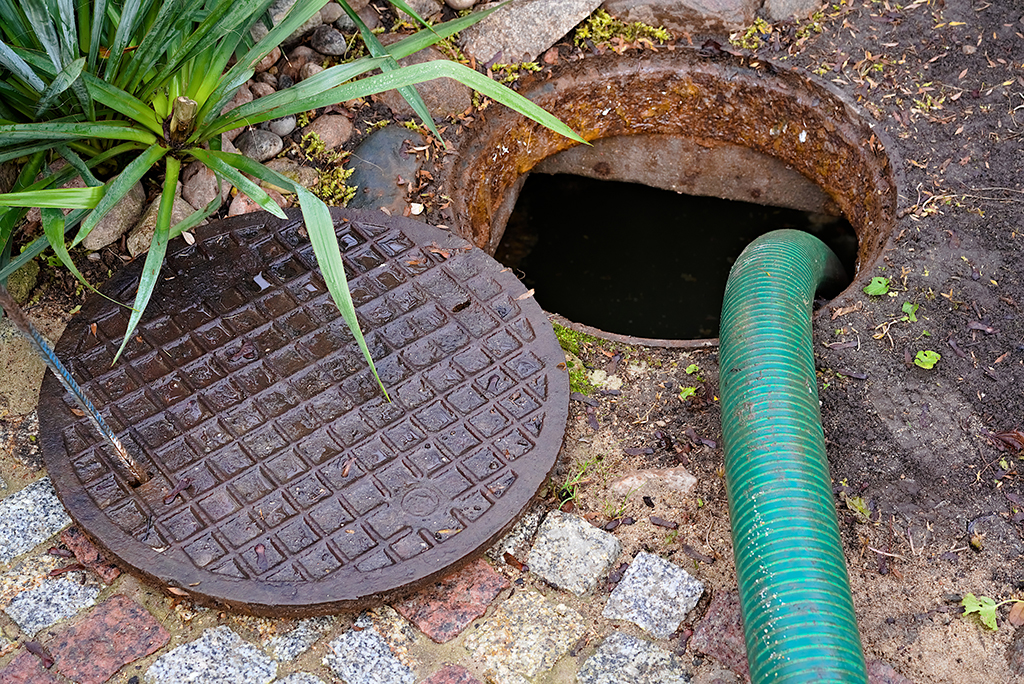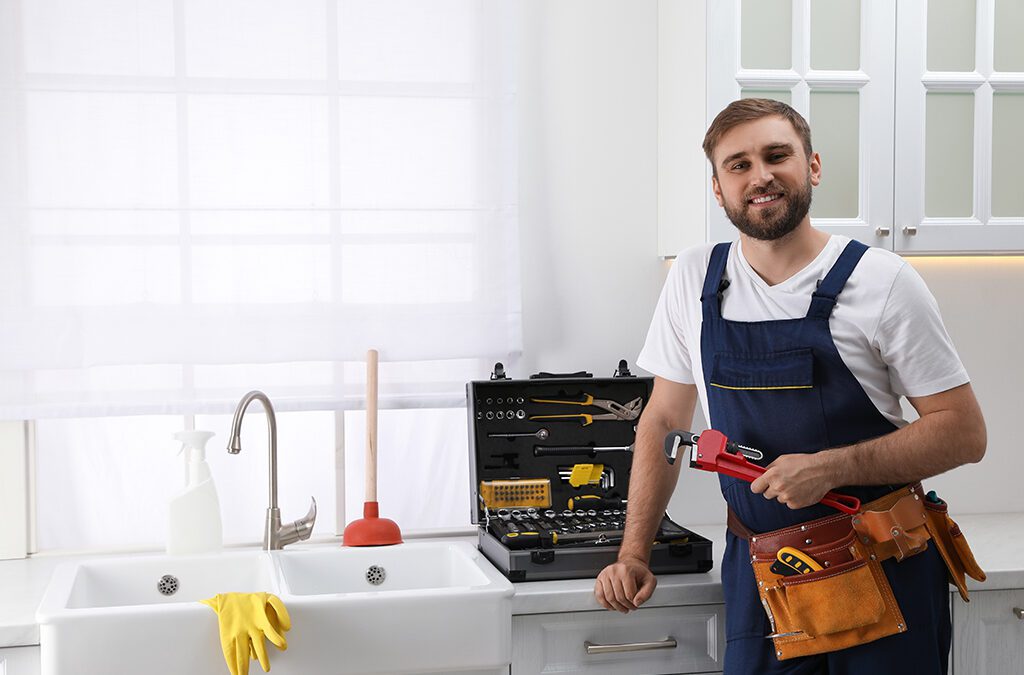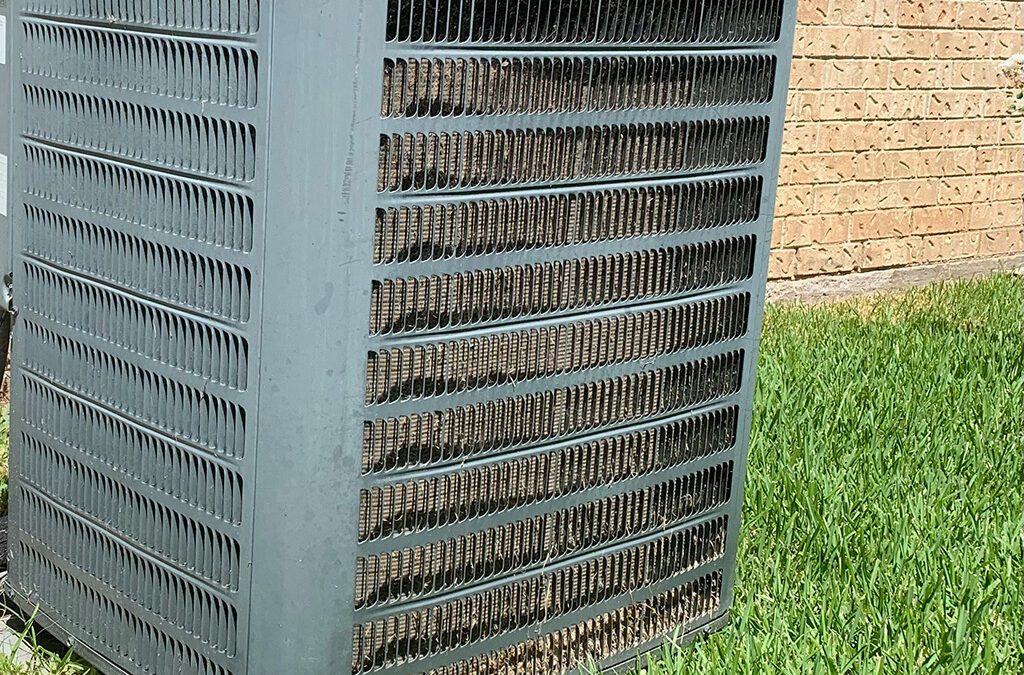Photo By Artur Henryk Bialosiewicz at istock
As of 2015, more than one-fifth of American households are still not connected to public sewer systems. This roughly equates to more than 21 million homeowners using septic tank plumbing to trap and filter household waste. Even now, homes are being built with septic tank systems. If you’re planning a new installation, considering the right type of septic tank system will not only make your home more efficient at disposing of waste but more valuable if you make the correct choice.
Septic plumbing system designs, type, and size can vary widely. Overall, there are more than a dozen septic tank designs you can choose from in Cleveland alone, but we’ll only be discussing the five most popular that you’ll find in TN. The array of plans available are dependent on a combination of factors, including your household’s size, the soil type in the area, the slope of your property, the size of your lot, it’s proximity to nearby water bodies, average weather conditions, and so much more! This combination of factors actually determines which septic tank plumbing system will be best for the environment at your property and, as expected, will naturally differ from what’s available in other parts of the United States. For the most part, we’ll be focused on:
- Septic tanks
- Conventional systems
- Chamber systems
- Drip distribution systems
- Aerobic septic tank plumbing
How Does Septic Tank Plumbing Work?
Before we deep dive into the types of plumbing available to you, here’s a quick overview of how septic tanks work and what you can expect from your chosen system. In its most concise description, a septic tank is a small-scale tank that will collect all the wastewater that exits your home. Typically, the tank will be buried in the yard, out of the way but still easily accessible to septic tank companies who will inevitably need to maintain or repair the tank at some stage during its lifetime.
When someone in the home drains the water, from the kitchen sink, for example, or an appliance such as a washing machine drains after a cycle, the used water will flow into the septic tank. Here, the water separates into three layers. Sludge sinks to the bottom, dirty water sits above, while fats and scum layers sit on the surface. When the tank contents are full enough, it drains through an outlet into a pipe that leads to an outdoor section called your drain field. The drainfield relies on the soil to clean the water, filtering off the undesirable bacteria. By the time the water typically reaches groundwater level, all wastewater bacteria have been removed. While this routine can continue for several years without incident, there is some maintenance required to keep septic tank plumbing operational.
Septic Tanks
Septic tanks are buried and watertight, designed to receive, and treat to a limited extent, the raw domestic wastewater exiting your home. One thing to note is that the solids will remain in the tank, so reducing the solids passed through the tank is ideal, e.g., avoid ‘flushable’ wipes, baby wipes, disposing of cat litter down the drains. Luckily, sludge can be removed from a septic tank through a regularly scheduled septic tank pumping service or by adding bio-activators to help breakdown the waste accumulated at the bottom of the tank.
Conventional Systems
Conventional septic tank systems not only include a septic tank but utilize a trench or subsurface wastewater filtration system, the drainfield previously mentioned. Single-family homes and even small businesses can benefit from this setup. In these systems, there is usually a geo-fabric placed between the drainfield and other layers of your yard. However, you’ll find that this septic tank plumbing system utilizes quite a large footprint, so it’s not always recommended. Gravel or stone-filled drainfields have existed for decades and are the most common drainfield type you’ll find on Cleveland, TN, properties, but newer drain fields can be built without gravel layers.
Chambered Systems
Advancements in plumbing technology have led to the frequent use of septic tank plumbing systems that use gravelless drainfields. Some of the most common replacements for graveled drain fields include open-bottomed chambers, synthetic polystyrene layers, and fabric-wrapped pipes. These systems can often be built using recycled materials, so they have a significantly reduced carbon footprint compared to other systems.
In particular, the chambered system is suitable for areas that have high groundwater tables or properties that have variable outputs, e.g., at your holiday home where the residence is empty most of the year, or at inns where occupancy also varies.
Drip Systems
Drip systems are distribution systems that can be used in a variety of drainfields. One primary advantage of this type of septic plumbing system is that it doesn’t require a lot of soil to be effective, only 6-12 inches. However, it does require the inclusion of a large dose tank placed after the septic tank as part of the wastewater treatment system to accommodate timed drip-feeding of wastewater to the drainfield area. You will also need additional electrical power.
Aerobic Septic Tanks
This septic tank plumbing type uses much of the same processes as large-scale municipal sewage treatment plants, albeit on a smaller scale. Aerobic plumbing systems inject oxygen into the treatment tank, which increases the bacterial activity and provides additional treatment power. In some aerobic systems, you may also have pre-treatment tanks and another tank post-septic tank, which further reduce unwanted pathogens, so they can take up a little more space and be a little more challenging to maintain. However, they can still be used in smaller homes on smaller lots, particularly those with poor soil conditions.
For more information, you can always contact the representatives of Metro Plumbing, Heating, Air and Septic. If you’re looking for a professional plumbing company to replace or repair your septic tank plumbing, Metro Plumbing, Heating, Air and Septic can help you. The team in Cleveland, TN, has leading experts in septic tanks available at all times, and you can rely on the team to deliver lasting results when it comes to installations and repairs. For an immediate consultation, call Metro Plumbing, Heating, Air and Septic at 423-668-0507.




